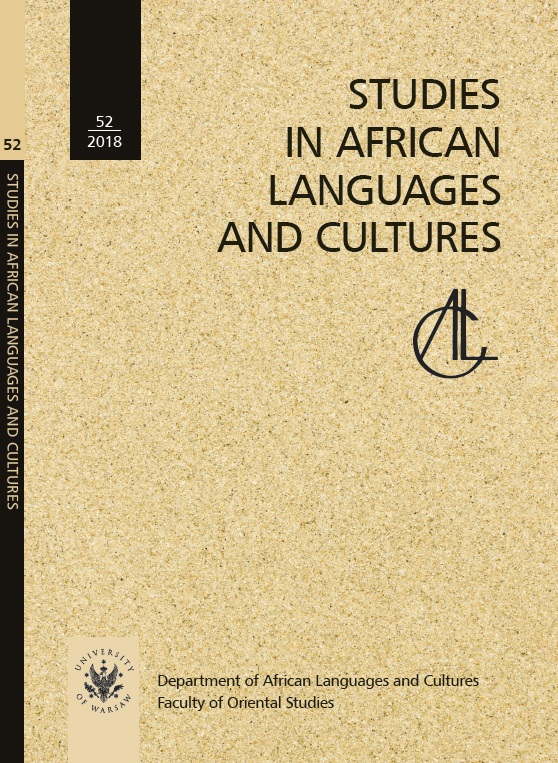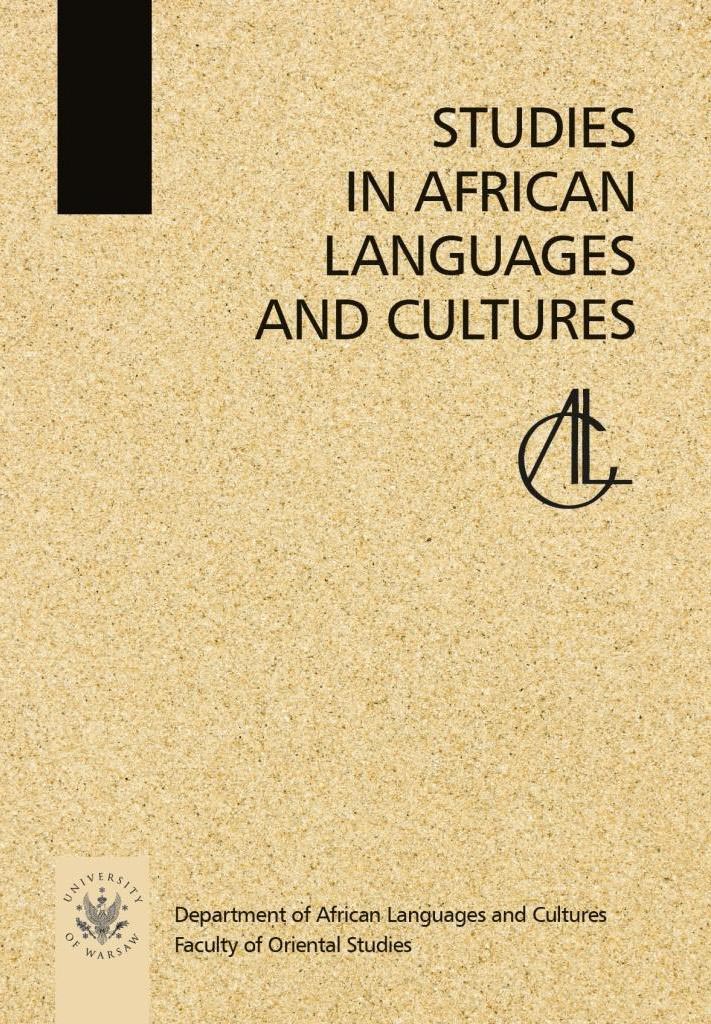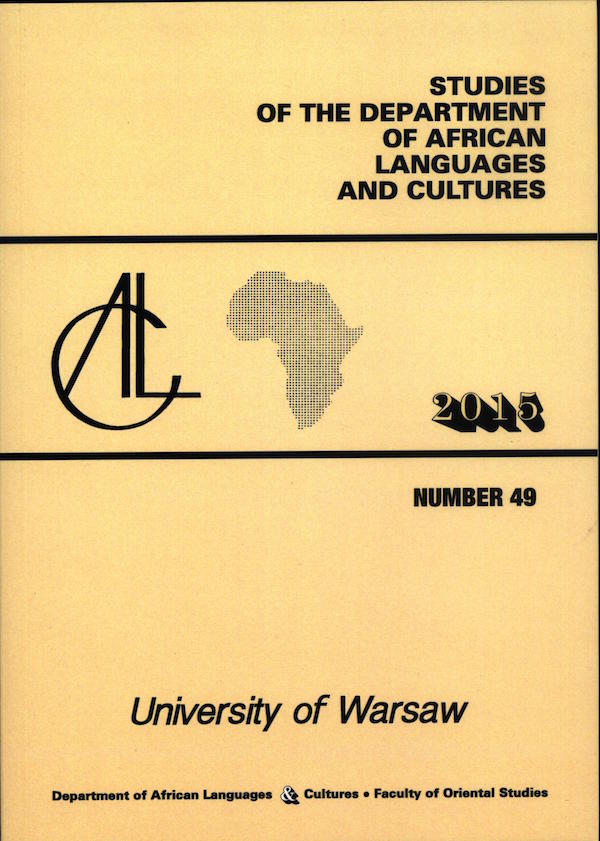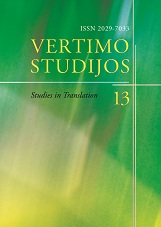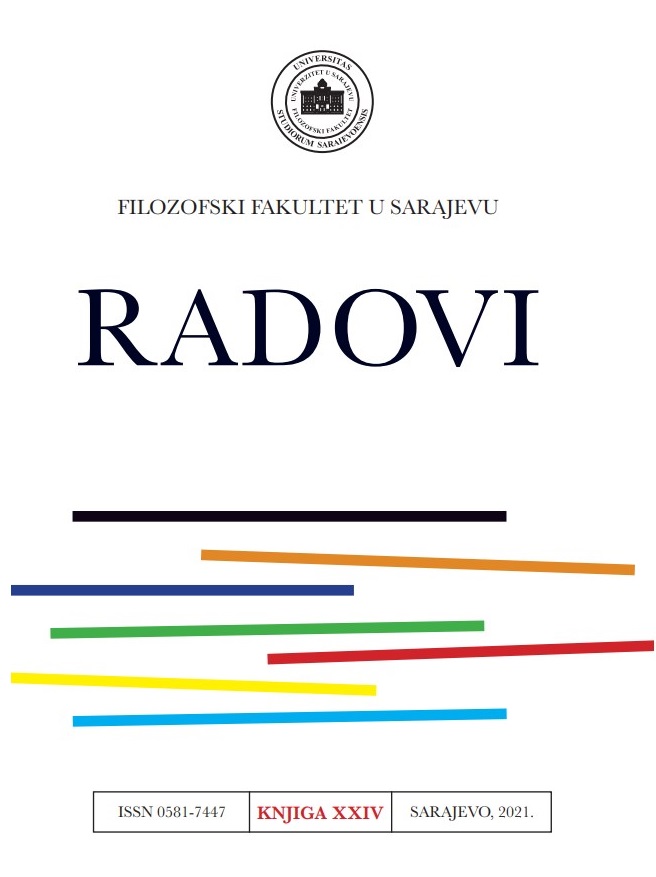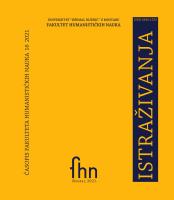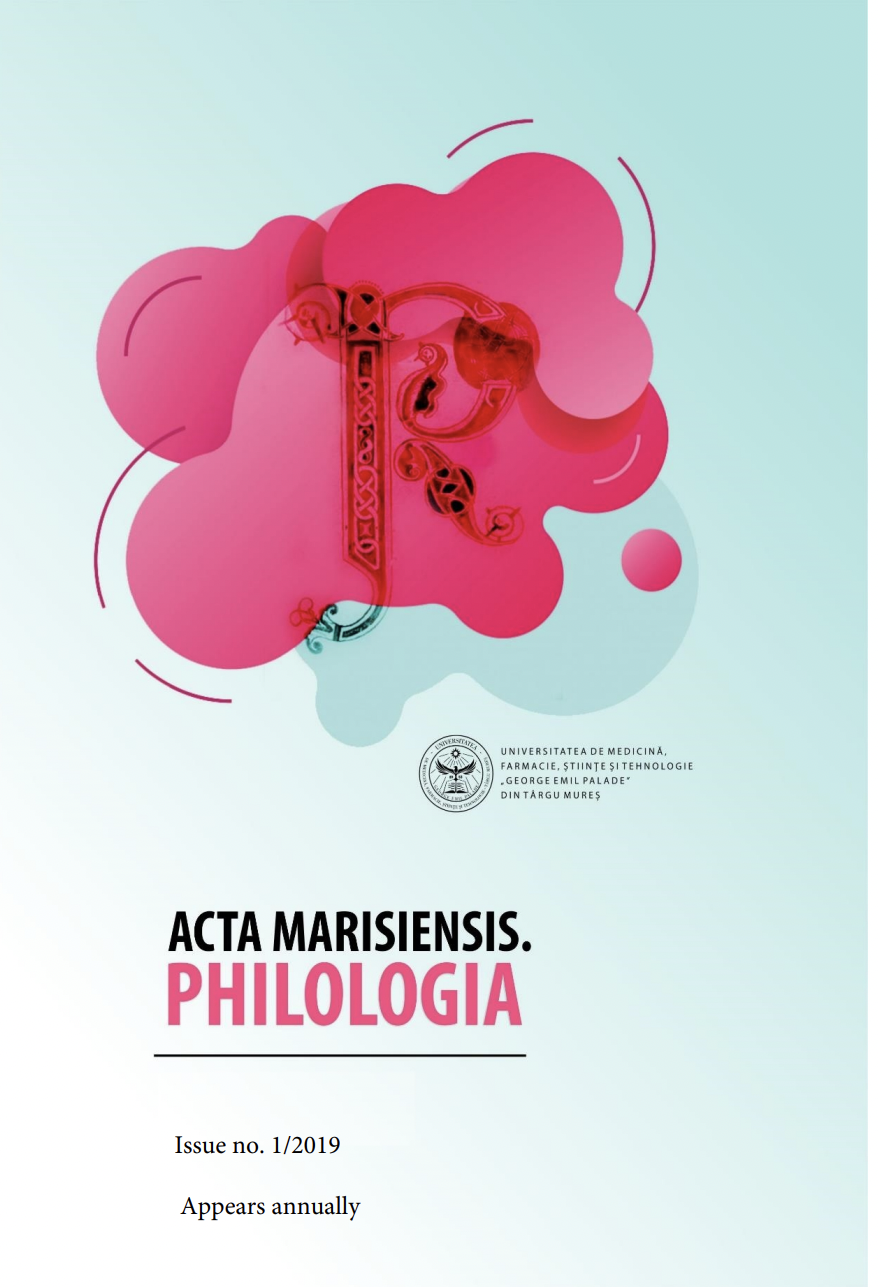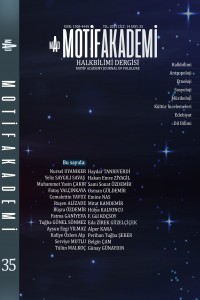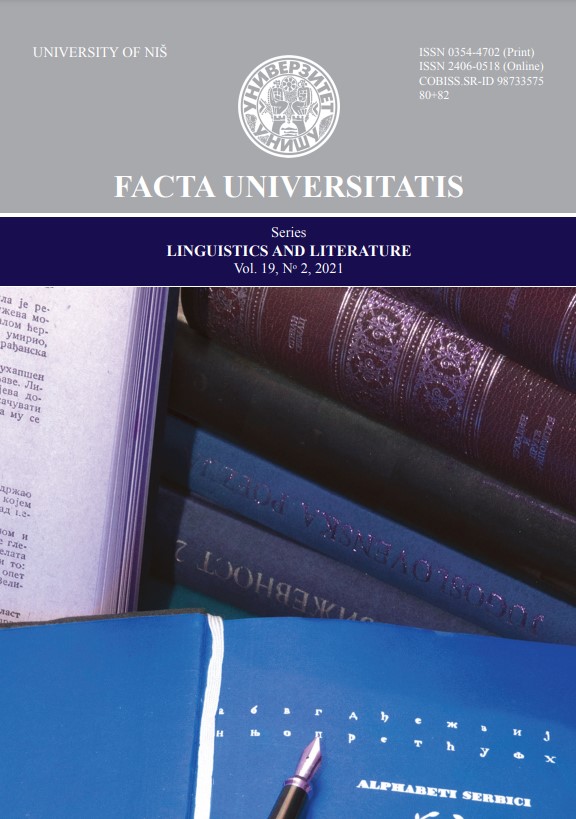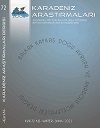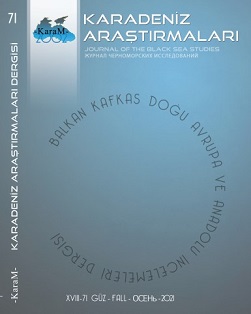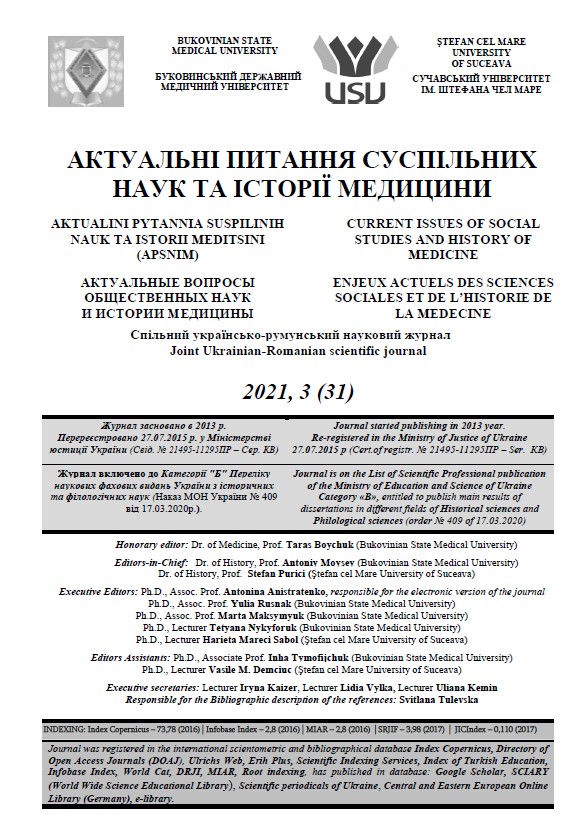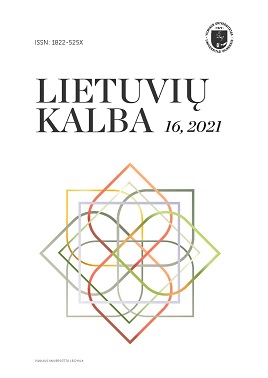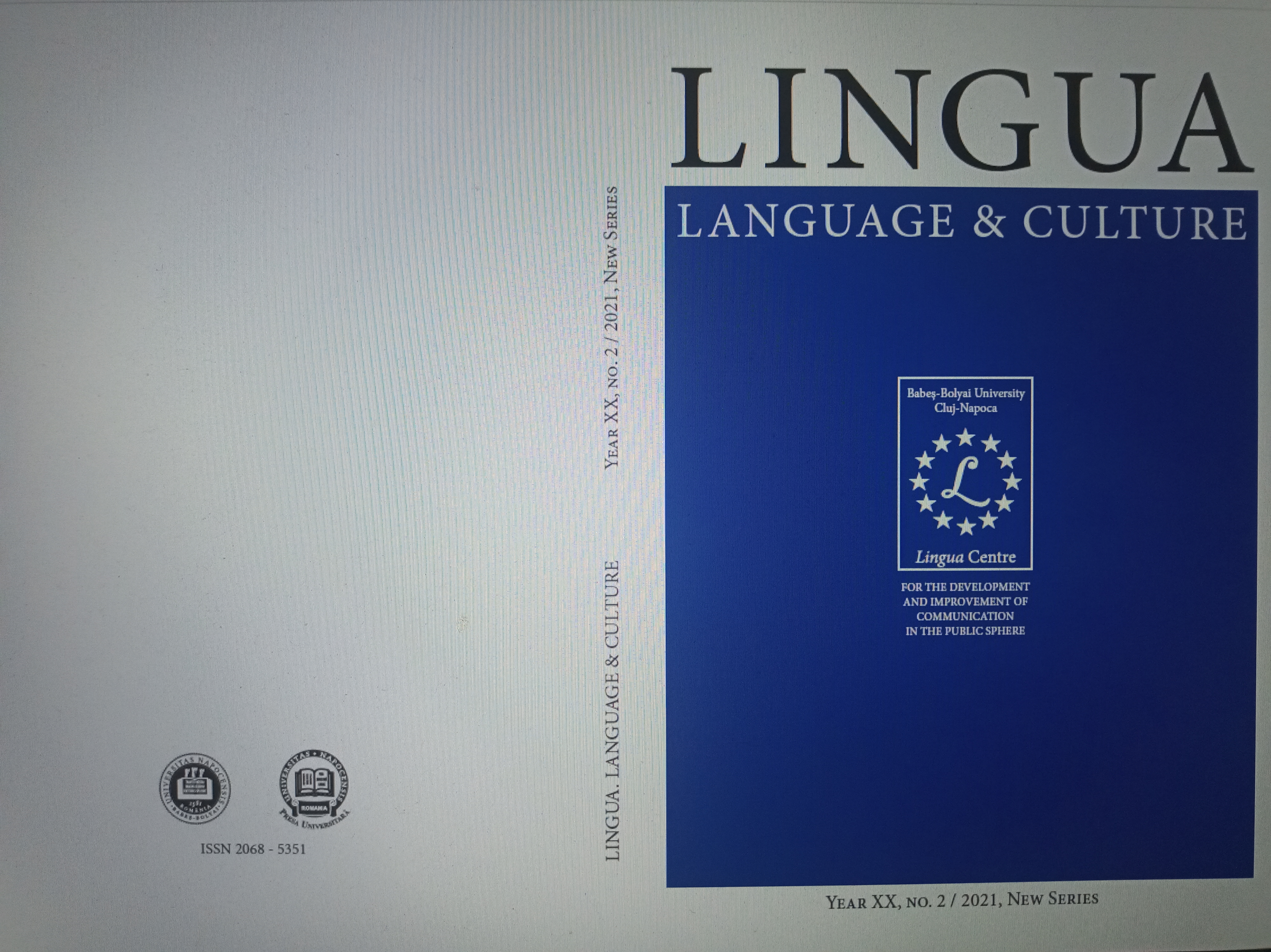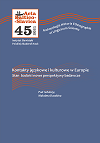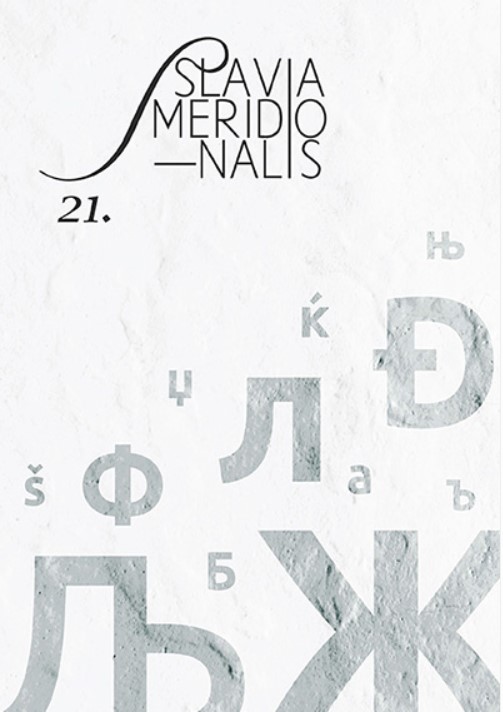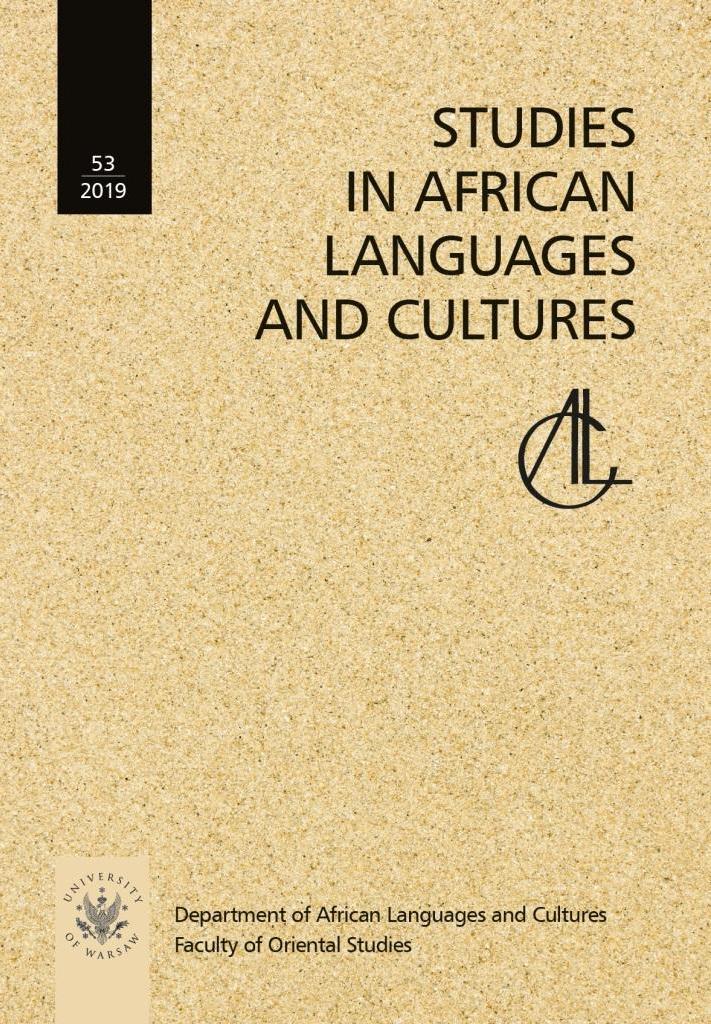
The Use of Address Forms among Faculty Academic Staff of Bayero University, Kano
This paper investigates the use of address forms among the academic staff of the Faculty of Arts and Islamic Studies at the Bayero University, Kano, Nigeria. The aim is to find out whether there is variation in the use of the terms between the members of academic staff of the Faculty which has six Departments (Arabic, English, History, Islamic Studies and Sharia, Nigerian Languages, Linguistics and Foreign Languages). An Ethnography research method and the Variationist Sociolinguistics Theory are used to collect and analyze the data. Following the findings, three address forms are presented in more detail, namely titles, nicknames, and kinship terms. Special attention is put to the title Malam, which originally referred to a teacher or a person versed in Islamic knowledge, but nowadays is used more commonly than any other type of address forms. The research shows that age, gender, social status, degree of intimacy, and context of communication determine the use of the address forms among academic staff. The findings reveal that the staff members of The Faculty favor traditional address terms which are used in Hausa society rather than the terms Corresponding to their professional rank. In addition, these address forms are culture specific and the dominant culture is Hausa.
More...
